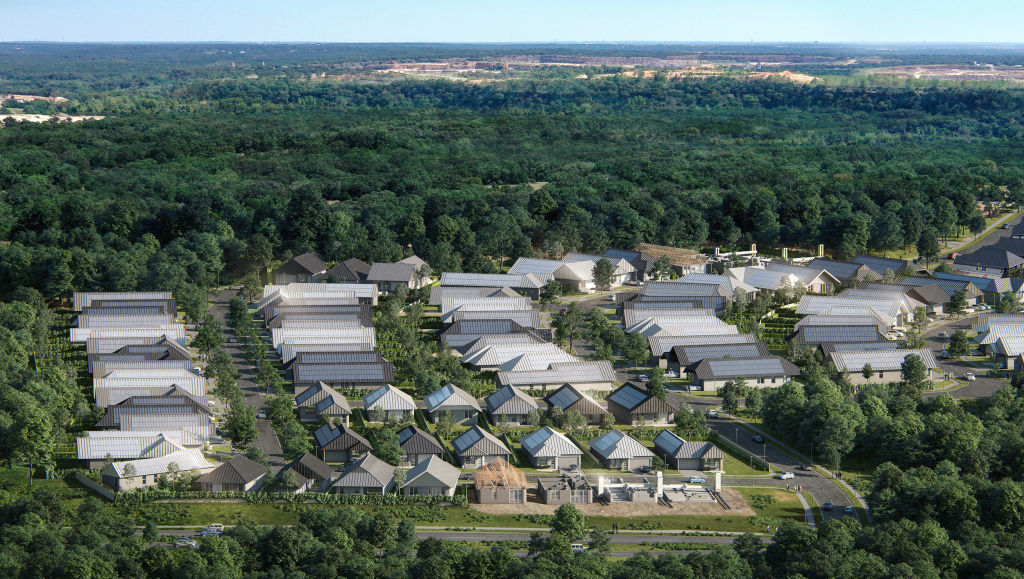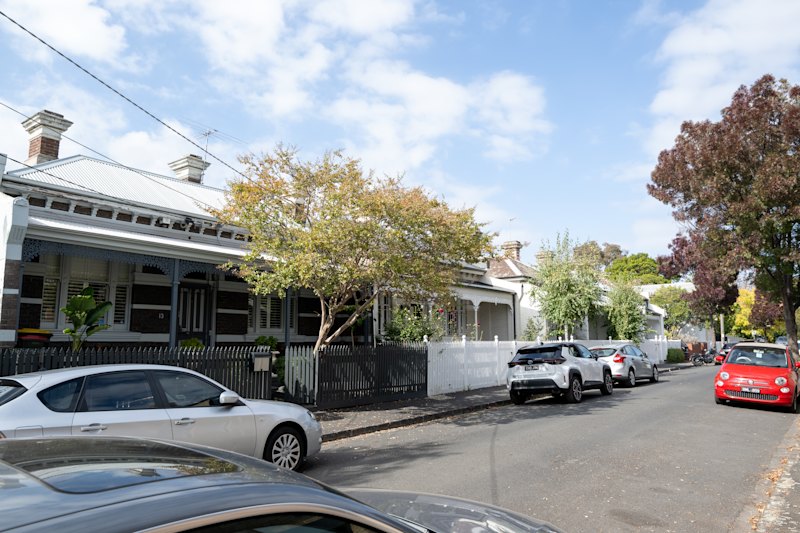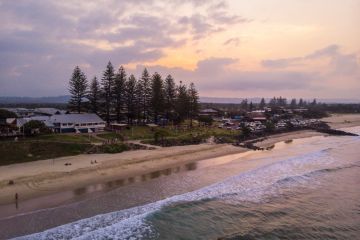The future of home building? 3D-printed homes coming to the USA
While some parts of the world are experiencing a shortage of building materials and rising construction costs as the coronavirus pandemic rolls on, home builders in Texas say they have a cutting-edge solution to the problem.
Tech company ICON, which has built 3D-printed homes for the homeless, has partnered with home builder Lennar with a plan to produce 100 homes in the Austin area of Texas using technology that can 3D print with concrete.
The project is expected to begin next year, allowing homes to be built quickly and cheaply. Each home is expected to take around a week to build thanks to five, 14-metre wide robotic printers using a specialised Lavacrete concrete mixture.
In Australia, homes built traditionally using timber, steel and bricks can take anywhere from six to 12 months to complete.

“Labor and material shortages are two of the biggest factors pushing the dream of home ownership out of reach for many American families,” Eric Feder, president of LenX, an investment company owned by Lennar, said in a media release.
“Lennar has always expanded the boundaries of technological innovation to keep quality homes affordable and 3D printing is an immensely encouraging approach,” he said. “We are excited to collaborate with ICON to develop solutions to emerging challenges in the coming years.”
The homes have been co-designed by Danish architecture firm BIG-Bjarke Ingels Group and are expected to survive much longer than traditionally built homes. They can withstand extreme weather conditions and be produced leaving much less waste than traditional builds, ICON co-founder and CEO Jason Ballard said.
“Construction-scale 3D printing not only delivers higher-quality homes faster and more affordably, but fleets of printers can change the way that entire communities are built for the better,” Mr Ballard said.
“The United States faces a deficit of approximately five million new homes, so there is a profound need to swiftly increase supply without compromising quality, beauty, or sustainability and that is exactly the strength of our technology,” he said.
“We believe this will be a watershed moment in the history of community-scale development and the future breaking into the present.”
We recommend
We thought you might like
States
Capital Cities
Capital Cities - Rentals
Popular Areas
Allhomes
More







